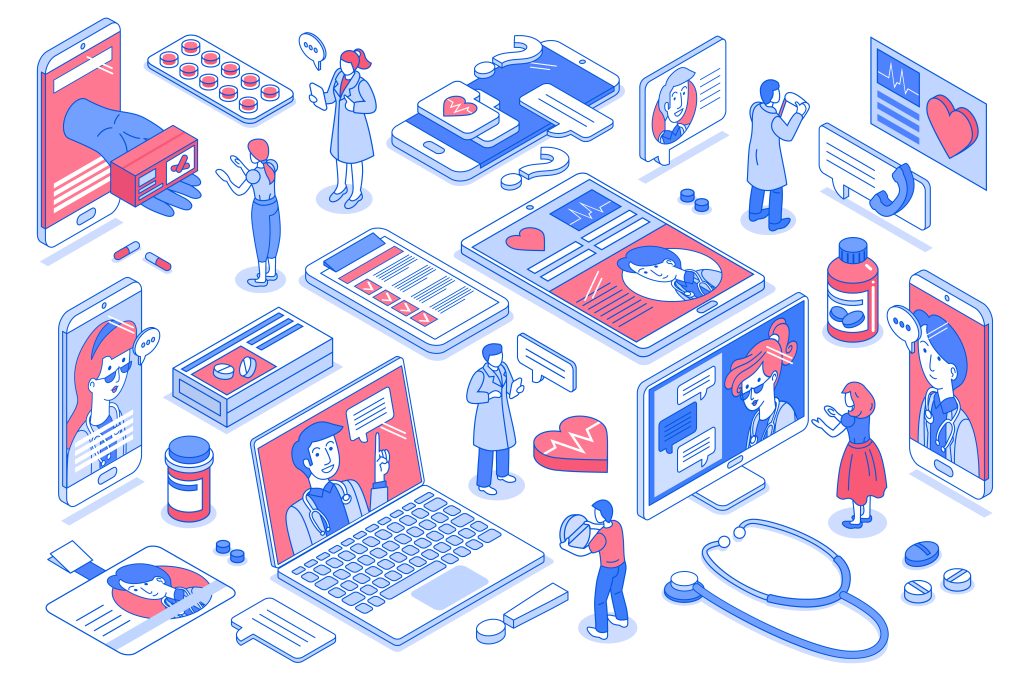Chapter 4: Creating value with health and information technologies
Sheree Lloyd and Helen Cooper

The healthcare sector faces many challenges, including the ability to provide services to an ageing population, a growing burden of chronic and non-communicable diseases, the impact of climate change on health, and difficulties in attracting and retaining a skilled workforce. The burden of chronic disease, ageing and rising costs of devices, medications, buildings and assets and human resources means that delivering healthcare to populations is expensive. Many governments and health funders are asking about alternative solutions and preventative measures so that healthcare delivery is sustainable into the future, as good health underpins a productive and stable society.
The enjoyment of the highest attainable standard of health is one of the fundamental rights of every human being without distinction of race, religion, political belief, economic or social condition.
(Constitution of the World Health Organization, 1946)
Across the globe, there is an urgent need to change the way that healthcare is delivered, focusing on improving outcomes for individuals and where the population is at the centre of the required changes. The concept of value in healthcare has been explained elsewhere in this text and payment reforms are necessary to incentivise a move to recognise value. There are ways that health information systems and technologies can contribute to the ongoing sustainability of health and social care systems. In this chapter, we will explain how health and information technologies can be leveraged to create value, reduce cost, increase access and improve efficiency and health and treatment outcomes.
This chapter will explore concepts and topics regarding how health and information technologies can support sustainable value-based healthcare with the prospect of improving value and sustainability through the appropriate use and application of these technologies.
CHAPTER STRUCTURE
The chapter sections give the reader an introduction to some key benefits and challenges in applying health and information technologies to achieve better value in health and social care settings. Specifically, the chapter looks at the application and use of digital tools and solutions in health and social care in the following topics:
- Understanding current challenges in health and social care and the need for value
- Defining the role of health and information technologies in creating value for the sustainability of the health and social care system
- Value creation through enhancing efficiency and reducing costs, improving patient outcomes and experiences, and fostering collaboration and communication
- Ensuring sustainability, including economic considerations, environmental impact, and social and ethical implications
- Case studies that showcase successful implementations of health and information technologies and highlight positive outcomes in terms of improved sustainability and to provide learnings from real-world examples
- An overview of future directions and challenges, including emerging technologies in health and social care, anticipated challenges in the widespread adoption of technology and strategies for overcoming barriers and promoting continuous improvement
The topics are supported by a range of activities to engage in the concepts and issues.

